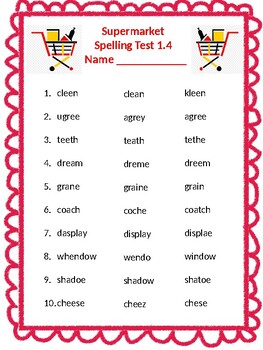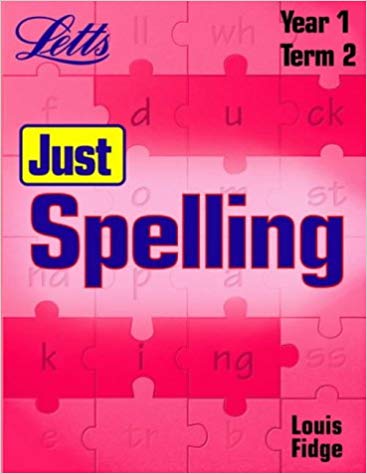

The ones that you’ll most probably need are the ones from 1-10. Let me show you some basic ordinal numbers.
SPELLING 1 2 HOW TO
Now that you know how to count from one to almost the infinitive, let’s see other types of numbers: Ordinal Spanish Numbers How many armchairs do you have? Just one. However, if you’re counting the masculine nouns, but you don’t mention their name, you’ll keep the uno form: Before masculine nouns, cut off the o and use un instead. In front of feminine nouns, it becomes una. However, when you count objects, for example, you have to pay attention if the noun you’re counting is masculine or feminine. When we count in Spanish, we say un, dos, tres or uno, dos, tres. Gender of Spanish Numbersĭo Spanish numbers have a gender? Some of them do, and some of them don’t. So for example $4.546,65 is read as cuatro mil quinientos cuarenta y seis con sesenta y cinco centavos (in English, you would write it as $4,546.65).ġ9.435.456 - diecinueve millones cuatrocientos treinta y cinco mil cuatrocientos cincuenta y seis. In Spanish, you use a period to separate thousands and a comma to separate the decimals.

Let’s take a look now at how to count in Spanish from 10 to 20. Listen to the audio if you’re wondering how to pronounce these numbers. Let’s start with the most basic Spanish cardinal numbers from 1 to 10. Three, two, one – Let’s go! Spanish Numbers 1-10 Types of Spanish numbers (ordinals, fractions, percentages).Keep reading to learn everything you need to know about Spanish numbers: You’ll learn how to spell Spanish numbers and how to say Spanish numbers. I’ll start with basic numbers in Spanish for beginners and then increase the level of difficulty. Instead of memorizing all Spanish numbers at once or trying to learn 1-100 in Spanish, it’s best to break this topic into logical and easy-to-learn chunks. Of course, you can start slowly with basic numbers and gradually increase your vocabulary with higher numbers. Spanish numbers are worth learning at an early stage. Later, it replaced other local systems on other continents, for example the Mayan numeral system in Latin America. Slowly, the Indo-Arabic numerical system started to become more popular, and dominated the Spanish and European mathematical texts. However, until the 10th century, the Roman numeration system was in use. They both belong to an Indo-Arabic based decimal system.

The Spanish numbers we know today look almost the same as the English numbers. That’s why many historians believe that counting is older than writing. Life without counting money, things, hours, or the number of years you’ve lived. Decemby Olga Put Spanish Vocabulary 0 comments Easily Master Numbers in Spanish: Counting, Spelling and PronunciationĬan you imagine the world without numbers-not only Spanish numbers, but any numbers at all.


 0 kommentar(er)
0 kommentar(er)
